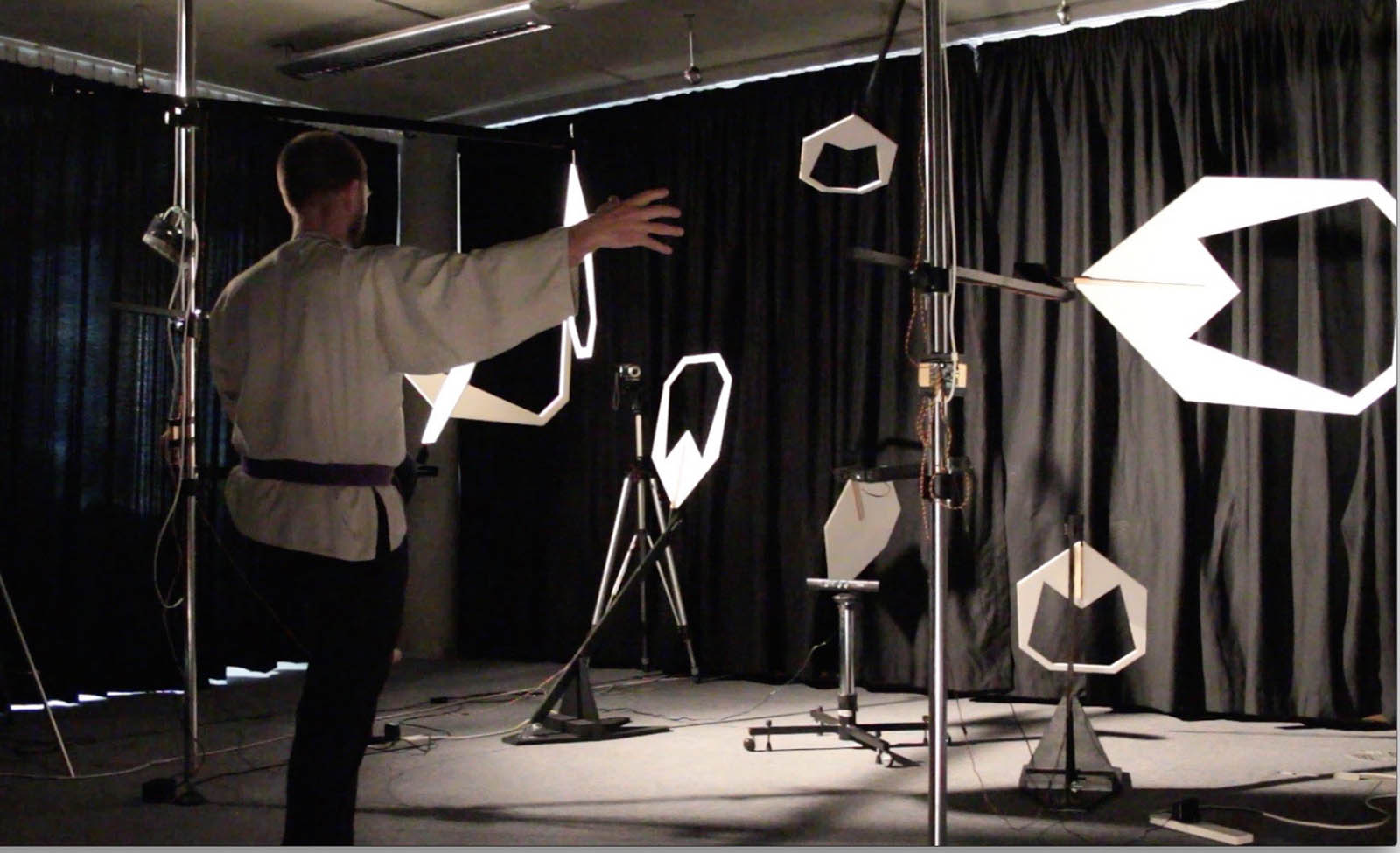Downloads
DOI:
https://doi.org/10.7480/spool.2017.1.1913Keywords:
Adaptive Architecture, automation, adaptivityAbstract
Adaptive Architecture concerns buildings that are specifically designed to adapt to their inhabitants and to their environments. Work in this space has a very long history, with a number of adaptive buildings emerging during the modernist period, such as Rietveld’s Schröder house, Gaudi’s Casa Batlló and Chareau's Maison de Verre. Such early work included manual adaptivity, even if that was motor-assisted. Today, buildings have started to combine this with varying degrees of automation and designed-for adaptivity is commonplace in office buildings and eco homes, where lighting, air conditioning, access and energy generation respond to and influence the behaviour of people, and the internal and external climate.
How to Cite
Published
Issue
Section
Categories
License
Copyright (c) 2020 SPOOL

This work is licensed under a Creative Commons Attribution 4.0 International License.

References
Beesley, Philip, and Omar Khan. 2009. "Responsive Architecture / Performing Instruments." Situated Technologies Pamphlets 2 (4).
Bier, Henriette. 2014. "Robotic Building(s)." Next Generation Building 1 (1):83-92. doi: 10.7564/14-NGBJ8.
Brand, Stewart. 1994. How buildings learn : what happens after they're built. London, UK; New York, USA: Viking.
Fairclough, Stephen, and Kiel Gilleade, eds. 2014. Advances in physiological computing, Human-computer interaction series. London ; New York: Springer.
Fox, Michael Aug, and Miles Kemp. 2009. Interactive architecture. New York: Princeton Architectural Press.
Green, Keith Evan. 2016. Architectural robotics : ecosystems of bits, bytes, and biology. Cambridge, Massachusetts: The MIT Press.
Greenhalgh, Chris. 1999. Large scale collaborative virtual environments, Distinguished Dissertations. London, UK: Springer.
Hillier, Bill, and Julienne Hanson. 1984. The social logic of space. Cambridge, UK: Cambridge University Press.
Jäger, Nils, Holger Schnädelbach, Jonathan Hale, Dave Kirk, and Kevin Glover. In Press. "Reciprocal Control in Adaptive Architecture." Interacting with Computers.
Mantei, Marilyn M., Ronald M. Baecker, Abigail Sellen, Bill Buxton, and Thomas Milligan. 1991. "Experiences in the Use of a Media Space." CHI, New Orleans, USA.
Memarovic, Nemanja, Ava Fatah gen Schieck, Holger Schnädelbach, Efstathia Kostopoulou, Steve North, and Lei Ye. 2015. "Capture the Moment: "In the Wild" Longitudinal Case Study of Situated Snapshots Captured Through an Urban Screen in a Community Setting." CSCW, Vancouver, Canada.
Moran, Stuart, Nils Jäger, Holger Schnädelbach, and Kevin Glover. 2016. "ExoPranayama: a biofeedback-driven actuated environment for supporting yoga breathing practices." Personal and Ubiquitous Computing 20 (2):261-275. doi: 10.1007/s00779-016-0910-3.
Motta, Wallis, AvaFatahgen Schieck, Holger Schnädelbach, Efstathia Kostopoulou, Moritz Behrens, Steve North, and Lei Ye. 2013. "Considering Communities, Diversity and the Production of Locality in the Design of Networked Urban Screens." In Human Computer Interaction - INTERACT 2013, edited by Paula Kotzé, Gary Marsden, Gitte Lindgaard, Janet Wesson and Marco Winckler, 315-322. Heidelberg, Germany: Springer.
Schieck, Ava Fatah gen., Ghislaine Boddington, and Peter Fink. 2009. Framework for the implementation of urban big screens in the public space. London, UK: University College London.
Schnädelbach, Holger. 2012. "Hybrid Spatial Topologies." Journal of Space Syntax 3 (2):204-222.
Schnädelbach, Holger. 2016. "Movement in Adaptive Architecture." In Spatial Cultures: Towards a New Social Morphology of Cities Past and Present edited by Sam Griffiths and Alexander von Lünen, 320. London: Routledge / Ashgate.
Schnädelbach, Holger, Kevin Glover, and Alex Irune. 2010. "ExoBuilding - Breathing Life into Architecture." NordiCHI, Reykjavik, Iceland.
Schnädelbach, Holger, Ainojie Irune, David Kirk, Kevin Glover, and Patrick Brundell. 2012. "ExoBuilding: Physiologically Driven Adaptive Architecture." ACM Transactions in Computer Human Interaction (TOCHI) 19 (4):1-22. doi: 10.1145/2395131.2395132.
Schnädelbach, Holger, Alan Penn, Philip Steadman, Steve Benford, Boriana Koleva, and Tom Rodden. 2006. "Moving Office: Inhabiting a Dynamic Building." CSCW, Banff, Canada.
Schnädelbach, Holger, Petr Slovák, Geraldine Fitzpatrick, and Nils Jäger. 2016. "The immersive effect of adaptive architecture." Pervasive and Mobile Computing 25 (1):143-152. doi: http://dx.doi.org/10.1016/j.pmcj.2014.11.006.
Schumacher, Michael, Oliver Schaeffer, and Michael-Marcus Vogt. 2010. MOVE: Architecture in Motion - Dynamic Components and Elements: Birkhäuser.
Struppek, Mirjam. 2006. "The social potential of Urban Screens." Visual Communication 5 (2):173-188. doi: 10.1177/1470357206065333.
Suchman, Lucy A. 1987. Plans and situated actions : the problems of human machine communication. Cambridge: Cambridge University Press.
Weiser, Mark. 1991. "The Computer for the Twenty-First Century." Scientific American 265 (3):94-104.
Wiethoff, Alexander. "Designing Interaction with Media Facades: A Case Study."
Wolf, Gary, and Kevin Kelly. 2014. "Quantified Self: Self Knowledge Through Numbers." Accessed 02/01. http://quantifiedself.com



